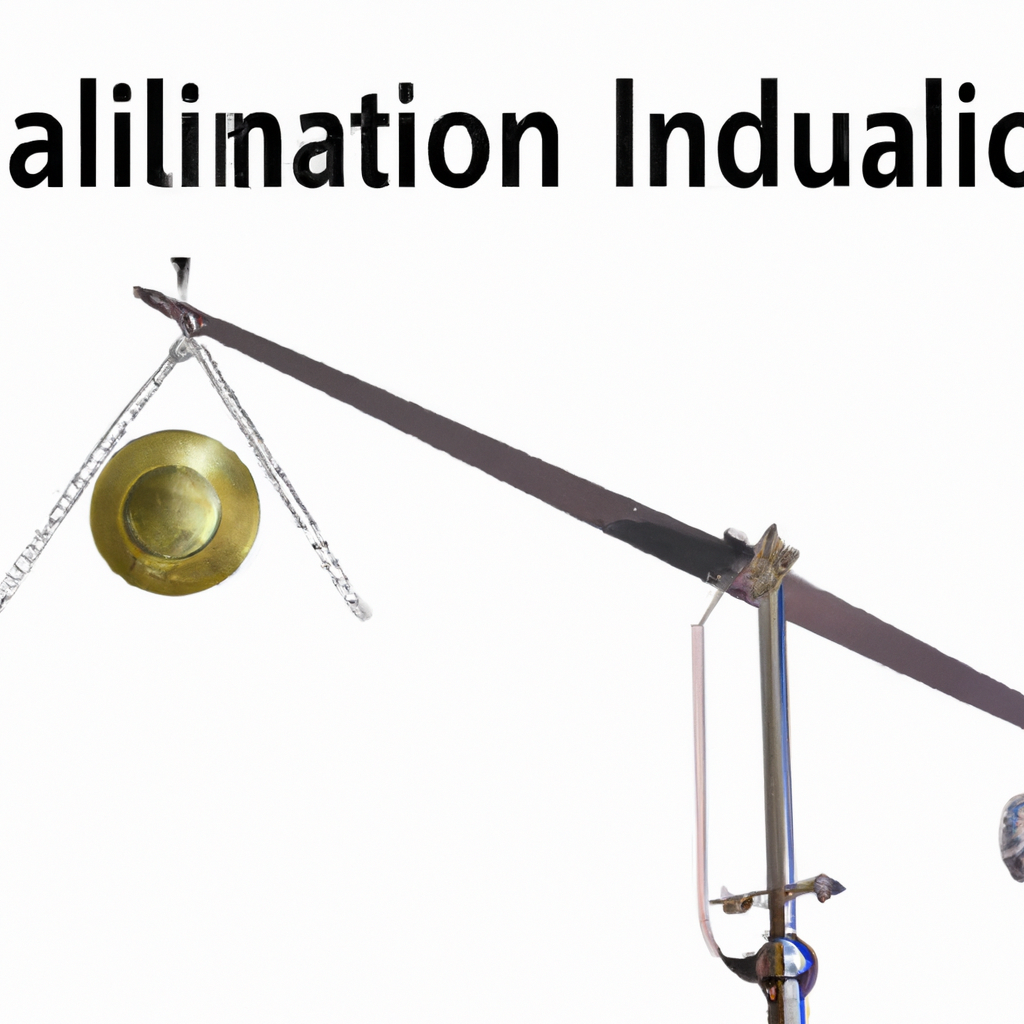Inflation, the persistent increase in the general price level of goods and services, can erode purchasing power and create economic uncertainty. Managing inflation is a critical task for policymakers around the world, as stable prices are essential for sustainable economic growth and public confidence. Among the tools available to combat inflation, monetary policy stands out as a primary mechanism. But can monetary policy effectively reduce inflation? This article explores the intricacies of monetary policy, examining how central banks use interest rates, money supply adjustments, and other instruments to control inflation. We will delve into historical examples, theoretical frameworks, and the challenges faced by policymakers in their quest to maintain price stability. Join us as we unpack the complex relationship between monetary policy and inflation, and assess its efficacy in achieving economic equilibrium.
Sure, here is a suggested content outline for an article on whether monetary policy can reduce inflation:
Monetary policy is a crucial tool used by central banks to manage economic stability and growth. One of its primary objectives is to control inflation, which is the rate at which the general level of prices for goods and services rises, eroding purchasing power. High inflation can have detrimental effects on an economy, including reduced consumer and business confidence, decreased purchasing power, and potential distortions in investment and savings decisions.
To combat inflation, central banks employ various monetary policy instruments, primarily focusing on interest rates, open market operations, and reserve requirements.
**Interest Rates:** The most direct and commonly used tool is the manipulation of interest rates, specifically the policy rate or the discount rate. By raising interest rates, central banks make borrowing more expensive and saving more attractive. Higher interest rates reduce consumer spending and business investment, leading to a decrease in aggregate demand. With lower demand, the upward pressure on prices diminishes, thus helping to control inflation. Conversely, lowering interest rates can stimulate demand, but this is typically done when inflation is below target levels or during periods of economic downturn.
**Open Market Operations:** Central banks can also influence inflation through open market operations, which involve the buying and selling of government securities in the open market. When a central bank sells securities, it absorbs liquidity from the banking system, reducing the money supply. A decreased money supply can lead to higher interest rates and reduced spending, contributing to lower inflation. Conversely, purchasing securities injects liquidity into the system, typically used to combat deflation or stimulate growth.
**Reserve Requirements:** Another tool at the disposal of central banks is the adjustment of reserve requirements, which are the minimum amounts of reserves that banks must hold against deposits. Increasing reserve requirements means that banks have less money to lend out, which can reduce the money supply and, consequently, inflationary pressures. On the other hand, lowering reserve requirements can increase the money supply and is usually employed to encourage lending and investment.
While monetary policy can be highly effective in managing inflation, it is not without limitations and potential drawbacks. The transmission mechanism of monetary policy can be slow and may be influenced by various external factors, such as global economic conditions and exchange rates. Additionally, overly aggressive tightening of monetary policy can lead to higher unemployment and stunted economic growth.
Moreover, the effectiveness of monetary policy in controlling inflation can be influenced by the expectations of households and businesses. If economic agents believe that the central bank is committed to maintaining low inflation, their expectations will help align wage-setting and price-setting behavior with the policy objectives, making it easier to achieve desired inflation targets.
In conclusion, monetary policy is a vital instrument for reducing inflation. Through the careful manipulation of interest rates, open market operations, and reserve requirements, central banks can influence economic activity and manage inflationary pressures. However, the successful implementation of monetary policy requires careful consideration of various economic indicators, timely responses to changing economic conditions, and effective communication to manage expectations.
